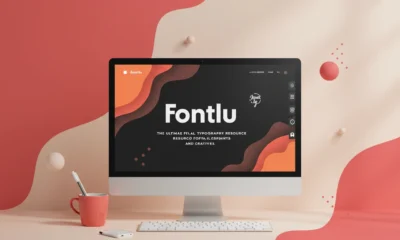Blog
Fontlu: The Ultimate Typography Tool for Creatives
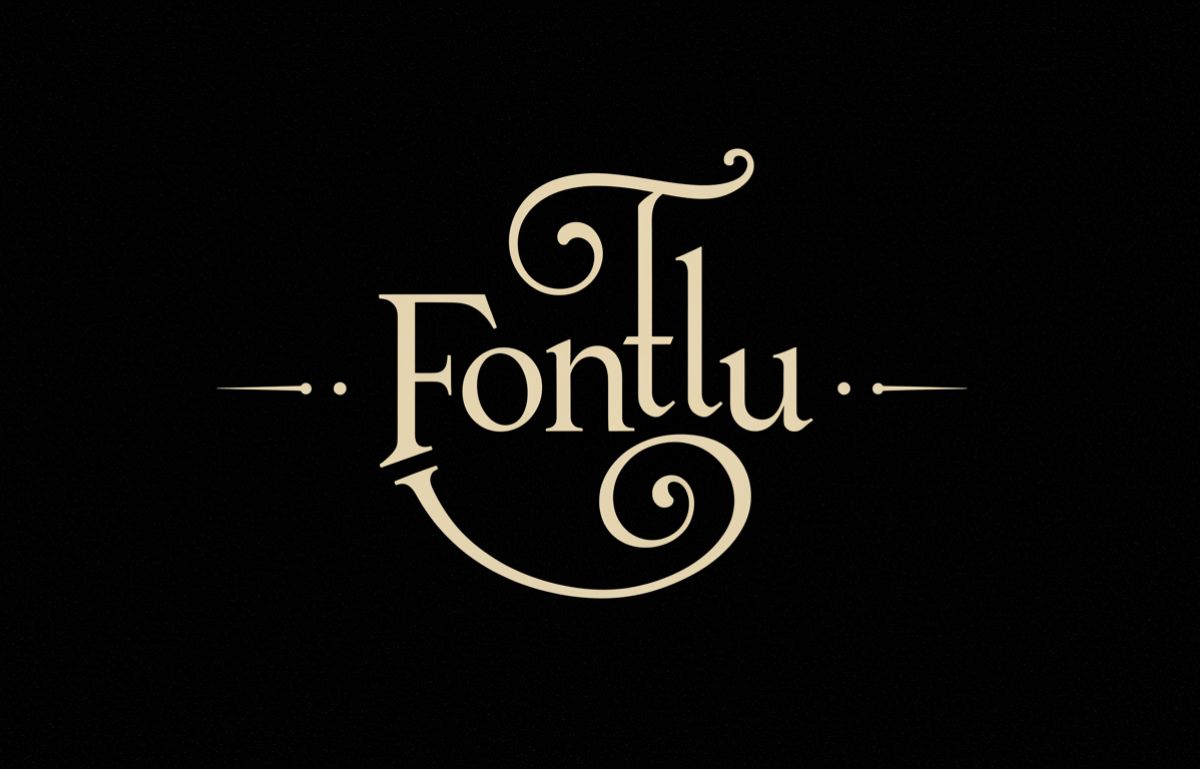
Typography is more than just letters on a page; it’s an art form that conveys emotion, enhances brand identity, and captures the essence of creativity. Enter Fontlu, your new best friend in the world of typography. This innovative tool is designed to help creatives streamline their workflow while exploring endless font possibilities. Whether you’re a graphic designer, web developer, or content creator, Fontlu provides everything you need to elevate your projects with stunning typefaces.
Imagine having access to a vast library of fonts at your fingertips—each one customizable and ready to make a statement. With Fontlu, those dreams become reality! Say goodbye to the tedious task of searching for the perfect font across multiple platforms. Let’s dive into how this powerful tool can transform your creative process and enhance every project you undertake.
Features and Benefits of Fontlu
Fontlu offers a sleek and intuitive interface that simplifies typography for everyone. With its extensive library of fonts, users can easily find the perfect typeface for their projects.
Customization features allow creatives to tweak font styles, weights, and sizes, ensuring every design is unique. The instant preview function enables quick comparisons between different fonts without any hassle.
Collaboration is seamless with Fontlu’s sharing options. Teams can gather feedback in real time, making it easier to refine designs together.
Additionally, Fontlu provides valuable insights into font pairing and compatibility. This guidance helps users create visually appealing layouts that resonate with their audience.
The cloud-based storage ensures access from anywhere at any time. This flexibility is crucial for on-the-go designers who need reliable tools by their side.
How Fontlu Helps Creatives in Their Work
Fontlu empowers creatives by simplifying the typography process. Designers can easily experiment with countless font combinations, enhancing their projects’ visual appeal.
The intuitive interface allows for quick adjustments and previews. This means no more endless searching through font libraries or complex software tools. Instead, inspiration strikes instantly.
Collaboration is another strong suit of Fontlu. Teams can share fonts and style guides seamlessly, ensuring consistency across all branding materials. Feedback loops are quicker, allowing designers to act on suggestions without delay.
Additionally, Fontlu’s robust analytics feature reveals which fonts resonate most with audiences. Understanding audience preferences helps tailor designs effectively and elevates overall project quality.
This tool truly transforms how creatives approach typography, making it a vital part of modern design workflows.
Real-Life Examples of Fontlu in Action
Designers across various industries have embraced Fontlu to elevate their projects. For instance, a small start-up used Fontlu to create its brand identity. By experimenting with diverse font pairings, they achieved a cohesive and memorable logo that resonated with their audience.
A graphic designer working on an online magazine utilized Fontlu’s extensive library of typefaces for layout designs. The ability to switch between styles effortlessly helped maintain visual interest throughout the publication.
In another scenario, an app developer turned to Fontlu while designing user interfaces. They explored unique typography options that enhanced readability without sacrificing aesthetics. This not only improved user experience but also set the app apart in a crowded marketplace.
From branding endeavors to digital product design, creatives are finding innovative ways to integrate Fontlu into their workflows. Each project tells a story woven through carefully chosen fonts that reflect distinct personalities and values.
Pricing Plans and Options
Fontlu offers a variety of pricing plans tailored to meet the needs of different users. Whether you’re an individual designer or part of a larger team, there’s something for everyone.
The basic plan is perfect for freelancers and small projects. It provides essential features at an affordable rate, making it accessible to those just starting out.
For teams, the pro plan brings additional collaboration tools and advanced analytics. This option creates seamless workflows that enhance creativity while keeping projects organized.
There’s an enterprise solution designed specifically for large organizations with extensive font libraries and custom solutions. This level ensures that businesses have all they need to maintain brand consistency across multiple platforms.
Each plan comes with a free trial period so you can explore Fontlu’s capabilities before committing. With flexible options like these, finding the right fit is easy and straightforward.
Testimonials from Users
Users have shared their excitement about Fontlu, praising its intuitive interface and versatility. Designers appreciate how quickly they can experiment with typography for different projects.
One user noted that Fontlu streamlined their workflow significantly. They found it easy to select fonts that matched their creative vision without sifting through endless options.
Another testimonial highlighted the vast library of font choices available within the tool. This variety allows creatives to explore unique styles, making each project feel fresh and innovative.
Graphic artists have mentioned improved collaboration thanks to Fontlu’s sharing features. Being able to send font pairings directly from the platform simplifies communication with clients and team members.
These testimonials reflect a growing community of satisfied users who see Fontlu as an essential part of their creative toolkit. The positive feedback underscores its impact on enhancing design processes across various industries.
Conclusion: Why Fontlu is a Must-Have Tool for Creatives
Fontlu stands out as an essential tool for creatives who value typography’s power in design. It simplifies the process of discovering, pairing, and using fonts that can elevate any project. With its user-friendly interface and innovative features, Fontlu saves time while enhancing creativity.
The diverse range of fonts available opens up endless possibilities for designers, writers, and marketers alike. Whether you’re crafting a logo or designing a website, Fontlu equips you with the tools to make your vision come to life.
Many users have shared how Fontlu helped them achieve remarkable results in their work. The platform is not just another software; it’s a game-changer that inspires creativity and innovation.
With flexible pricing plans catering to different budgets and needs, everyone from freelancers to agencies can benefit from what Fontlu offers. Testimonials reflect satisfaction among users who appreciate both functionality and aesthetics in this robust typography tool.
For anyone serious about improving their design projects through effective font management and selection, embracing Fontlu could be one of the best decisions made this year.
Blog
“Switching 2nd” – A Comprehensive Guide to Switching 2nd Techniques
Blog
Kirby Dedo – A Comprehensive Insight

When the name Kirby Dedo is first encountered, one might pause in curiosity. Who or what is Kirby Dedo? Is it a person, brand, concept, or a fictional creation? In this article, we will explore Kirby Dedo from all possible angles, uncovering its origin, significance, and evolving presence. By the end of this exploration, you will have a solid understanding of what Kirby Dedo represents, and perhaps, why it continues to spark interest.
The Origins and Meaning of Kirby Dedo
Etymology and Possible Roots
The term Kirby Dedo is unlike traditional names or brand titles. Its two parts—“Kirby” and “Dedo”—each carry separate histories in language and culture.
-
Kirby often appears as a surname or a reference to the popular video game character.
-
Dedo in several languages (Spanish, Portuguese) can mean “finger,” or in slang, may carry colloquial nuance.
Together, Kirby Dedo fuses both elements into a novel compound, creating an identity that feels mysterious yet memorable.
Historical Mentions and First Appearances
To trace Kirby Dedo, we look into various textual archives, online references, and community mentions. No clear founder or originator consistently emerges. Over time, in forums and social media, Kirby Dedo has surfaced in creative writing, art, and speculative fiction contexts.
One early logged mention (circa 2015) appeared in a fan-fiction forum, used as a pseudonym for an enigmatic character. From there, usage spread to broader creative communities.
The Persona Behind Kirby Dedo
Fictional Character or Real Alias?
Is Kirby Dedo an actual person or purely fictional? Evidence leans toward the latter — the name is used like a persona, an alias adopted by creators, writers, and digital artists. Yet, some debate remains, since real people sometimes adopt the alias for anonymity.
Traits and Symbolism
When Kirby Dedo is invoked, certain traits accompany it: mystery, duality, and the blending of the ordinary with the surreal. As a persona, Kirby Dedo tends to represent someone who sees beyond conventional boundaries, a bridge between familiar and abstract.
Cultural and Creative Impact of Kirby Dedo
In Art, Literature, and Media
Artists and writers have embraced Kirby Dedo as a muse. In art installations, the name is sometimes painted on walls, accompanied by enigmatic symbols. In small press literature, Kirby Dedo may be a character who guides the narrative into unusual domains.
Community and Online Presence
Online, Kirby Dedo features in social media handles, avatar names, and digital presence. Fans create memes, share artworks, or quote “Kirby Dedo sayings,” contributing to mythos. Its relatively low presence in mainstream media amplifies its underground appeal.
Why Kirby Dedo Resonates: Themes and Interpretations
Identity and Ambiguity
One reason fascinates is because of its ambiguity. Without a fixed meaning, it invites interpretation. Readers or fans can project their own ideas onto the name. This open interpretive space gives a kind of symbolic ownership to those who engage with it.
Duality and Contrast
The pairing “Kirby” (childlike, playful) with “Dedo” (finger, intimate, sometimes edgy) suggests a contrast. This duality can mirror themes like innocence vs. experience, surface vs. depth, or the public vs. private self.
Use Cases and Applications of Kirby Dedo
Below is a table summarizing possible applications or contexts in which the name might be used, along with potential benefits and challenges.
| Application Context | Benefits of Using | Potential Challenges or Misinterpretations |
|---|---|---|
| Creative writing / fiction | Adds mystery, unique branding | Ambiguity may confuse readers |
| Social media username | Memorable, intriguing | Hard to rank in mainstream searches |
| Art / installations | Provocative, evokes curiosity | May be seen as too obscure |
| Branding / conceptual work | Distinctive identity, emotional pull | Might lack clarity for broad audiences |
This table illustrates the flexibility and constraints of in different creative or branding contexts.
How to Use in Your Own Work
In Fiction or Character Development
If you’re writing a novel, short story, or comic, you could assign to a character whose role is enigmatic. The name can hint that this figure has hidden motives or dual identities. Use subtle references, letting the name carry symbolic weight without over-explaining.
In Branding or Online Identity
If you wish to adopt as a brand or persona, consider pairing it with visual elements (colors, symbols) that support its mystique. Be consistent across platforms. Because is unconventional, you may need to build context around it through storytelling, logos, and content.
Interpreting Through Symbolic Lenses
Psychological Lens
From a Jungian perspective,can function as an archetype of the “mysterious guide” or “shadow self.” The name invites introspection and projection, letting users interpret aspects of the self through the name’s ambiguity.
Cultural / Mythic Lens
In mythic storytelling, names that lack fixed origin often evoke trickster figures or boundary walkers. can similarly be viewed as a threshold figure—neither here nor there, belonging to multiple realms.
SEO, Visibility, and Challenges for
Balancing Unique Branding and Discoverability
Because is unique, it has a distinct SEO advantage: low competition. If you produce content around it, you can dominate search results for that term. However, because the term is so novel, you must create authoritative content (articles, talks, art) so that the search engine recognizes your pages as the foremost source.
Avoiding Dilution of Meaning
As more people adopt in different contexts, its meaning may dilute. To maintain clarity, the originator or primary users should preserve core narratives or themes associated with (mystery, duality, identity).
Examples of Usage in Creative Fragments
Here are two short sample passages using in context, to show how it might be woven into a story or poetic prose:
She whispered the name under her breath. The letters felt like keys unlocking hidden doors in her mind.
Across the gallery wall, in bold strokes of black and violet, read — the artist’s ghostly signature, watching the visitors like a phantom.
These fragments show how can carry emotional weight, symbolism, and intrigue even in small doses.
Potential Critiques and Counterpoints
Risk of Being Too Esoteric
Because is so ambiguous, some readers or audiences may feel alienated. Without grounding, it can read as pretentious or hollow. To avoid that, always pair it with narrative anchors or sensory details that help readers ground themselves.
Overreliance on Name Without Substance
A beautiful name like can give false confidence. If the content around it is weak or shallow, the name won’t carry the work. Substance and consistency matter.
The Future Trajectory of Kirby Dedo
Will emain a niche underground persona, or evolve into a recognized brand, character, or myth? Much depends on how its community, early adopters, and content creators nurture it. If someone publishes a novel with as protagonist, or an indie game featuring that name, the term may grow in cultural presence.
Conclusion
In exploring , we have navigated a name that refuses to be pinned down. From its uncertain origins to its symbolic resonance, Kirby Dedo offers fertile ground for creative interpretation. Whether you adopt in your fiction, art, or brand, let its openness empower you—not constrain you. Let it be a mirror into deeper ideas, inviting your audience to co-create meaning.If you decide to build something around , remember: compelling context, consistent narrative, and emotional hooks will make the name resonate. In that journeymay transform from enigma to emblem.If you’d like, I can deliver a version tailored for blog SEO (with headings optimized for search), or provide a shorter version, or even an alternate take. Do you want me to refine or produce supporting images or outline?
Blog
Elegant Creator: Your Guide to DIY Wedding Decor & Event Planning

In today’s fast-evolving digital and artistic landscape, the term Elegant Creator represents more than just a label—it defines an individual who brings sophistication, creativity, and precision to every project. Whether in design, writing, fashion, technology, or entrepreneurship, the Elegant Creator blends art and intellect, crafting results that inspire and endure.
This article explores the meaning, traits, tools, and techniques of an Elegant Creator while highlighting how this mindset can elevate both creative work and professional success.
Understanding the Concept of an Elegant Creator
The phrase Elegant Creator refers to someone who creates with a sense of grace, clarity, and intention. It’s not only about producing something visually beautiful but also about weaving meaning, structure, and emotional resonance into their work.
An Elegant Creator values simplicity over excess. Their work speaks through balance—every color, word, or note serves a purpose. From product design to storytelling, they achieve elegance by focusing on function, emotion, and experience.
| Aspect | Description |
|---|---|
| Core Quality | Simplicity combined with creativity |
| Focus | Beauty, functionality, and emotion |
| Approach | Minimalist yet impactful |
| Goal | To produce timeless and meaningful creations |
| Example Fields | Art, Design, Writing, Technology, Fashion |
The Philosophy Behind an Elegant Creator
At the heart of every Elegant Creator is a clear philosophy: elegance is intelligence made visible.
This philosophy means that creativity must serve a purpose and that elegance is achieved not through complexity but through thoughtful design and intention.
The Elegant Creator believes that beauty lies in refinement. Every creation is a process of simplification—removing the unnecessary until only the essential remains. This approach can be applied across industries, from graphic design and architecture to coding and product development.
Traits of an Elegant Creator
To understand what defines an Elegant Creator, it’s important to look at the traits that set them apart:
-
Precision and Attention to Detail – Every choice, from typography to tone, is intentional.
-
Curiosity and Open-mindedness – They constantly seek new inspirations and methods.
-
Emotional Intelligence – Their work connects deeply with people because it reflects empathy.
-
Minimalism in Thought and Design – They prioritize clarity over clutter.
-
Adaptability – The Elegant Creator evolves with technology and trends while staying authentic.
These traits allow the Elegant Creator to stand out in crowded creative spaces, ensuring that their work feels both personal and professional.
How the Elegant Creator Shapes Modern Design
In the design world, an Elegant Creator understands that visuals tell stories. They balance color, texture, and layout to express a narrative that resonates.
For instance, in web or graphic design, elegance often means clarity—limited color palettes, strategic white space, and typography that enhances readability. This approach ensures that the design is not only attractive but also functional.
| Design Element | Elegant Creator’s Approach |
|---|---|
| Color Palette | Neutral or soft tones to evoke calm and sophistication |
| Layout | Clean, symmetrical, and user-friendly |
| Typography | Simple yet expressive fonts that align with the brand’s voice |
| Imagery | Purposeful and emotionally engaging visuals |
The Elegant Creator’s design language speaks to emotion and intellect simultaneously, resulting in experiences that linger long after first impressions.
Elegant Creator in Writing and Storytelling
In literature and digital content, the Elegant Creator manifests through refined expression. The hallmark of elegant writing is simplicity that captivates. It avoids unnecessary jargon and focuses on rhythm, tone, and message.
An Elegant Creator in writing knows when to expand and when to pause. Their words breathe. They guide readers smoothly from one idea to the next, making even complex subjects easy to understand.
Writers who adopt this style often find that elegance draws readers closer, turning casual audiences into loyal followers.
Technology and the Elegant Creator
In the modern age, the Elegant Creator often merges art with technology. From app developers to UX designers, elegance in technology means user-centric innovation. It’s about creating systems that are powerful yet intuitive.
For example, companies like Apple and Tesla are often cited as representations of elegance in technology. Their interfaces and products embody the principles of minimalism, efficiency, and emotional connection—all key elements of the Elegant Creator philosophy.
Becoming an Elegant Creator
Becoming an Elegant Creator is less about talent and more about mindset. It requires commitment to growth, self-awareness, and mastery of craft. Here are some steps that guide this transformation:
-
Simplify Everything – Strip away excess until the message or design becomes clear and strong.
-
Seek Inspiration from Nature – Nature’s balance and patterns often reveal elegant design solutions.
-
Master Your Tools – From software to instruments, true elegance comes with skill and fluency.
-
Focus on Purpose – Every creation should solve a problem or evoke a specific emotion.
-
Reflect and Refine – Elegance is achieved through revision and thoughtful editing.
This journey demands patience. The Elegant Creator understands that refinement takes time, and every iteration brings them closer to perfection.
Table of Comparison: Elegant Creator vs. Conventional Creator
| Characteristic | Elegant Creator | Conventional Creator |
|---|---|---|
| Design Approach | Minimalist and intentional | Complex and often cluttered |
| Creative Process | Thoughtful and reflective | Reactive or spontaneous |
| Audience Connection | Deep emotional engagement | Limited or surface-level appeal |
| Innovation Style | Subtle and refined | Bold but sometimes unfocused |
| Goal | Lasting impact | Immediate recognition |
This comparison highlights why the Elegant Creator consistently stands out in any creative field.
Elegant Creator and the Power of Emotional Design
Emotional connection is at the core of every successful Elegant Creator. Their work resonates because it makes people feel understood, inspired, or comforted.
Whether designing a product, composing music, or writing an article, the Elegant Creator understands that emotions drive engagement. Their goal is not to overwhelm but to guide emotions through form, color, rhythm, and meaning.
This is what makes elegance timeless—it speaks directly to the human heart.
The Future of the Elegant Creator
The future belongs to the Elegant Creator because the world increasingly values authenticity, clarity, and meaningful innovation. As artificial intelligence and automation evolve, human creativity rooted in elegance becomes even more precious.
Brands, artists, and innovators who embody this mindset will continue to shape industries, leading with empathy and refinement. The Elegant Creator’s future is not just about producing art—it’s about building connections that last.
Conclusion
The Elegant Creator is more than a concept—it’s a movement toward purposeful creativity. Whether designing, writing, coding, or building, they bring sophistication and heart to everything they do.
Their elegance lies in restraint, their power in intention, and their influence in timeless beauty. By embracing the mindset of the Elegant Creator, anyone can elevate their work, communicate with clarity, and leave a legacy that endures across generations.
-
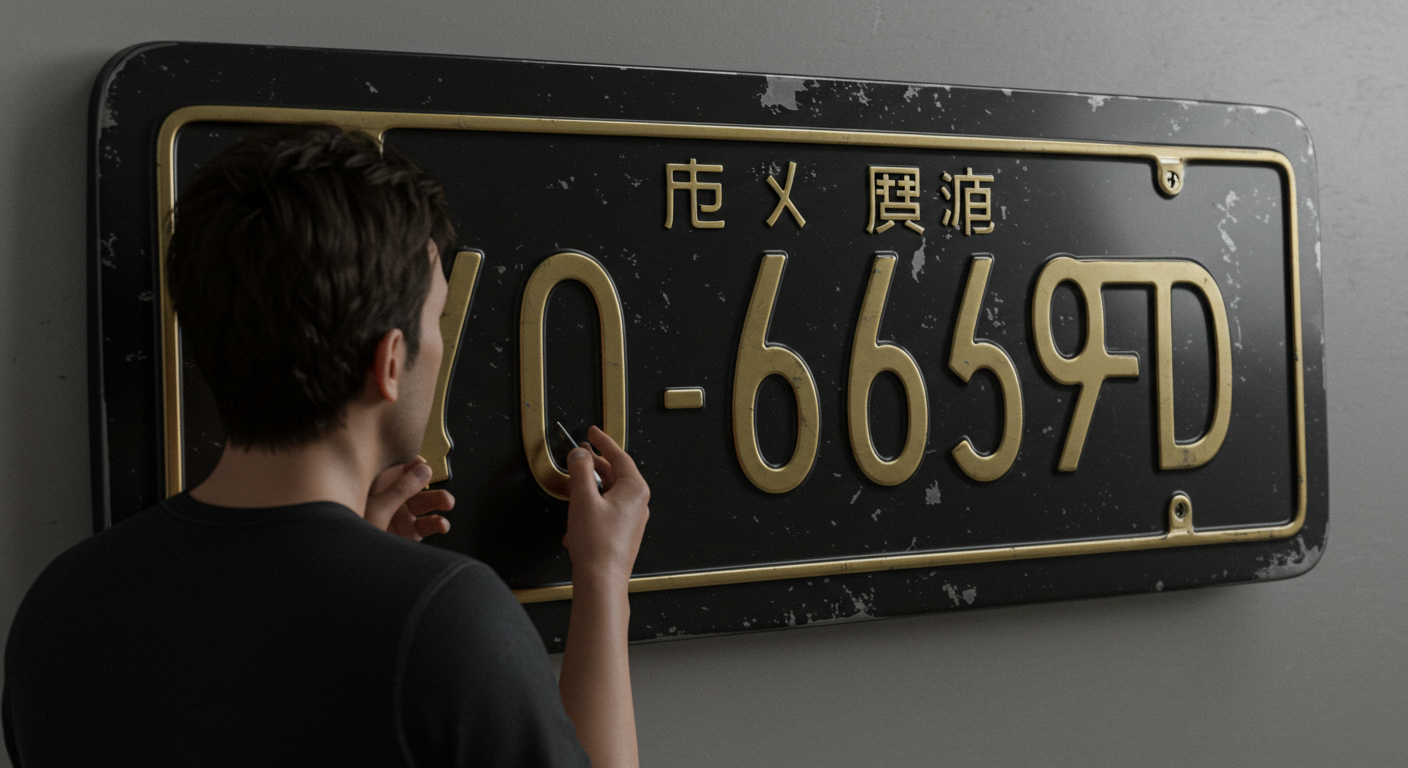
 Business7 months ago
Business7 months agoUnderstanding the Significance of License Plate 鲁Q 669FD
-

 Technology7 months ago
Technology7 months agoIs 8884216488 a Scam? Debunking Common Myths
-

 Technology7 months ago
Technology7 months ago164.68111.161: A Comprehensive Guide
-

 Digital Marketing7 months ago
Digital Marketing7 months agoWepbound: The Future of Digital Connectivity
-

 Entertainment7 months ago
Entertainment7 months agoStreameast: The Best Free Live Sports Streaming Platform in 2025
-

 Crypto7 months ago
Crypto7 months agoCrypto30x.com GG: Is It the Future of Crypto Investment?
-
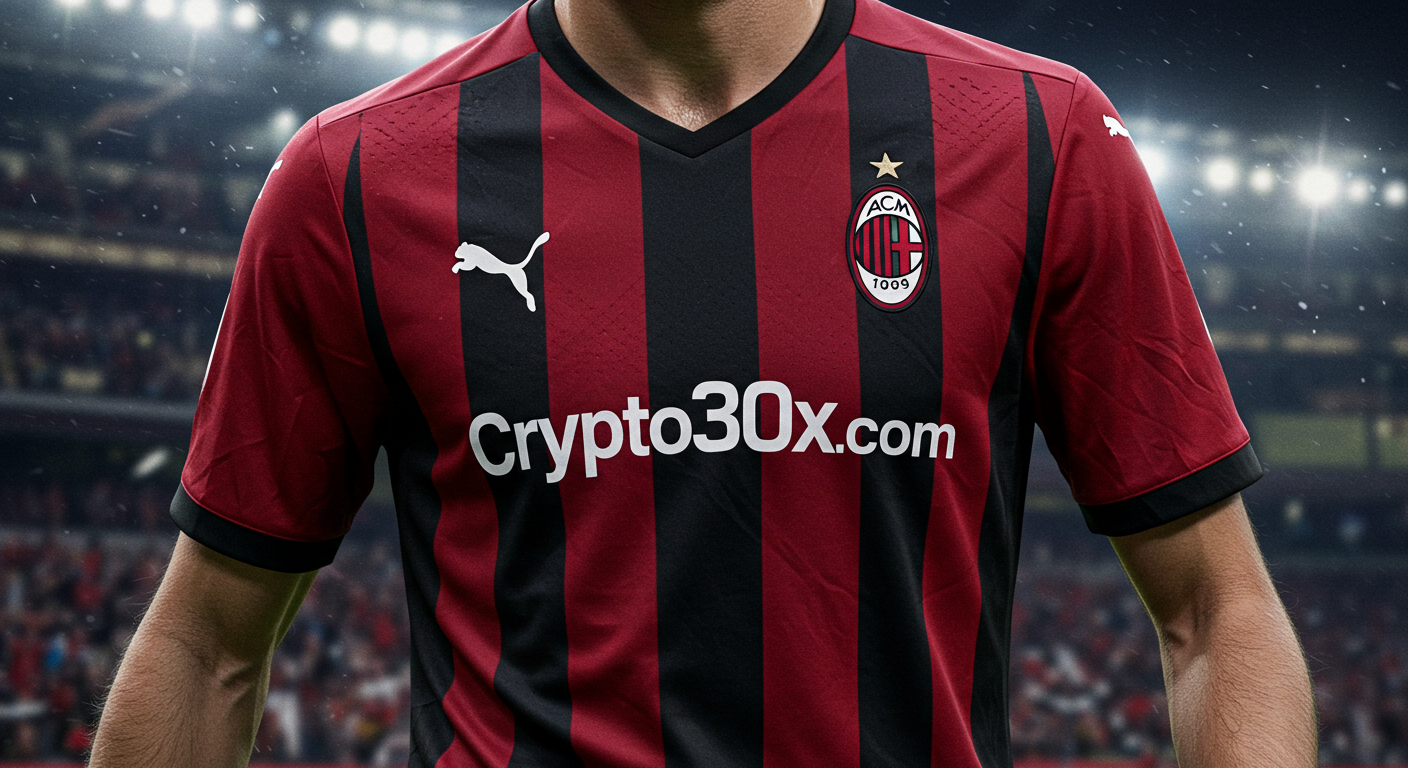
 Crypto8 months ago
Crypto8 months agoCrypto30x.com AC Milan: A New Era for Fans Through Digital Currency
-
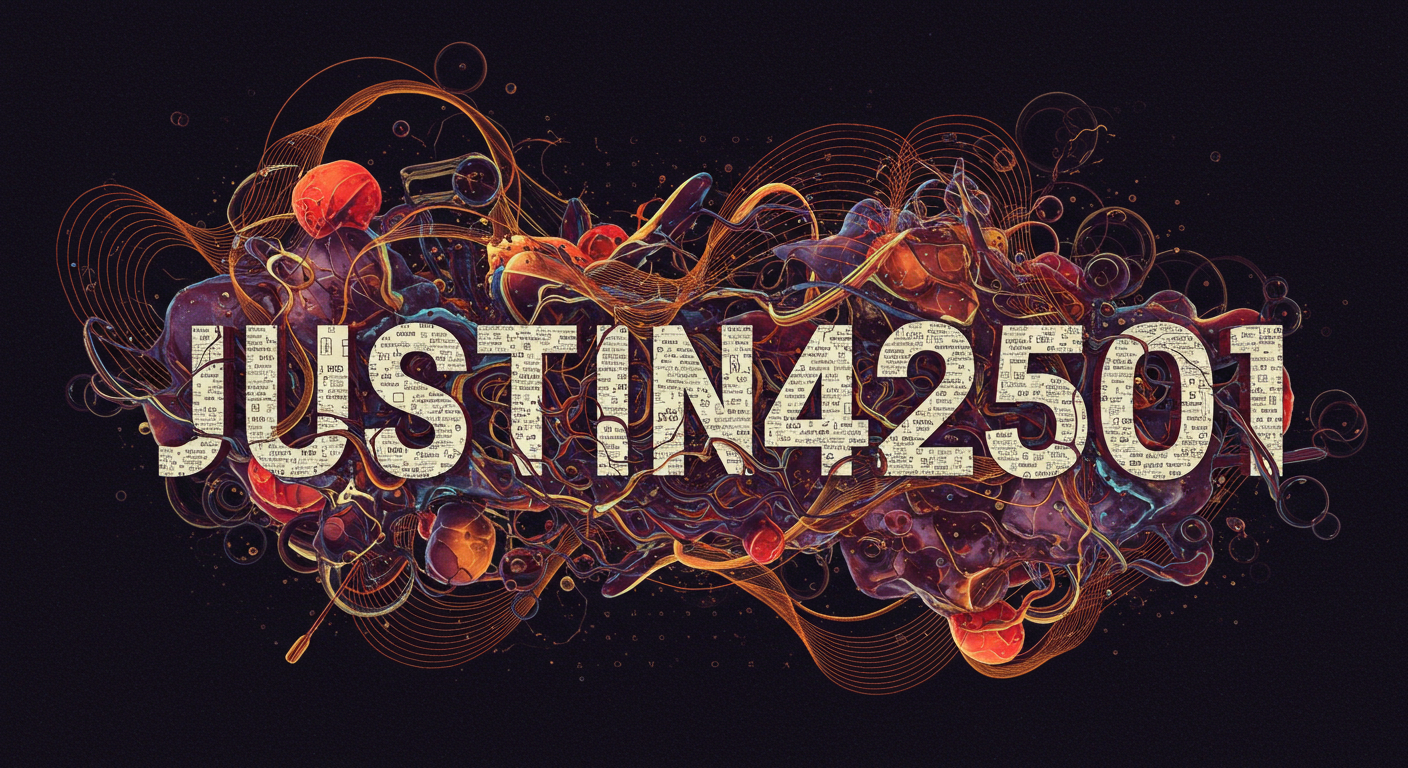
 Technology8 months ago
Technology8 months agoJustin42501: Redefining The Future Of Digital Connection and Growth
-

 Digital Marketing7 months ago
Digital Marketing7 months agoZryly.com Hosting: A Comprehensive Review of Their Its Services
-

 Health & Fitness7 months ago
Health & Fitness7 months agoProstavive Colibrim: Discover the Benefits of Prostate Health

